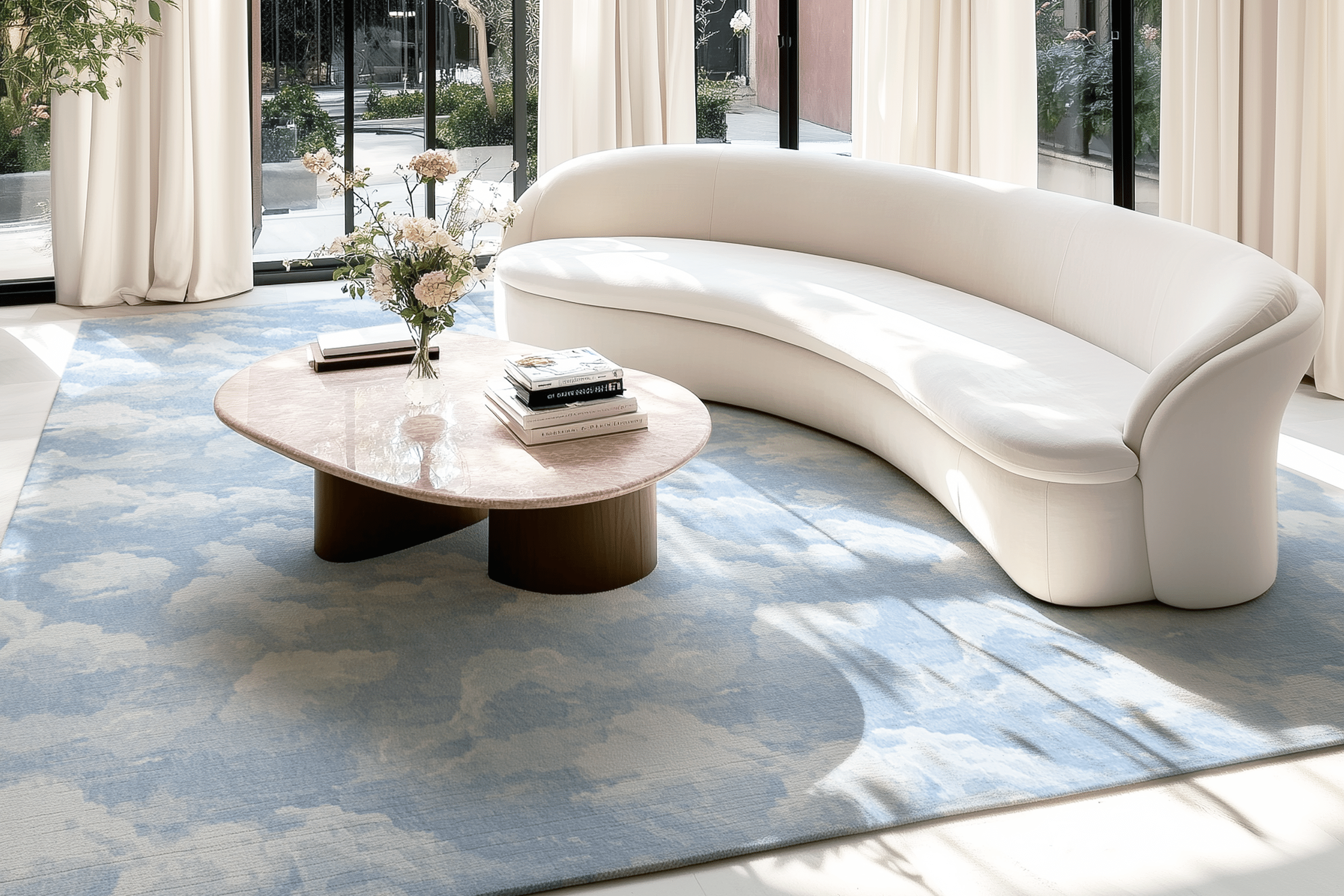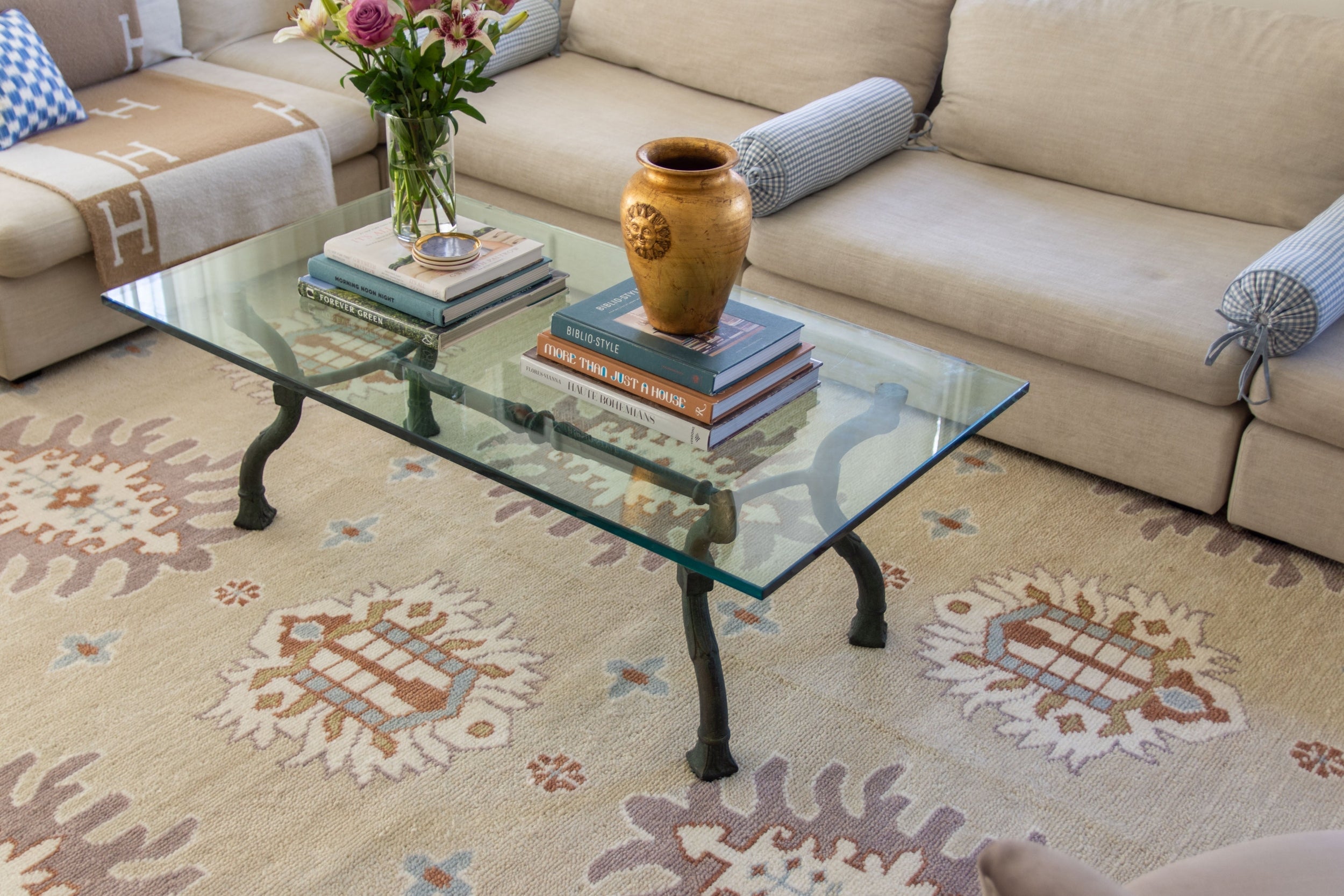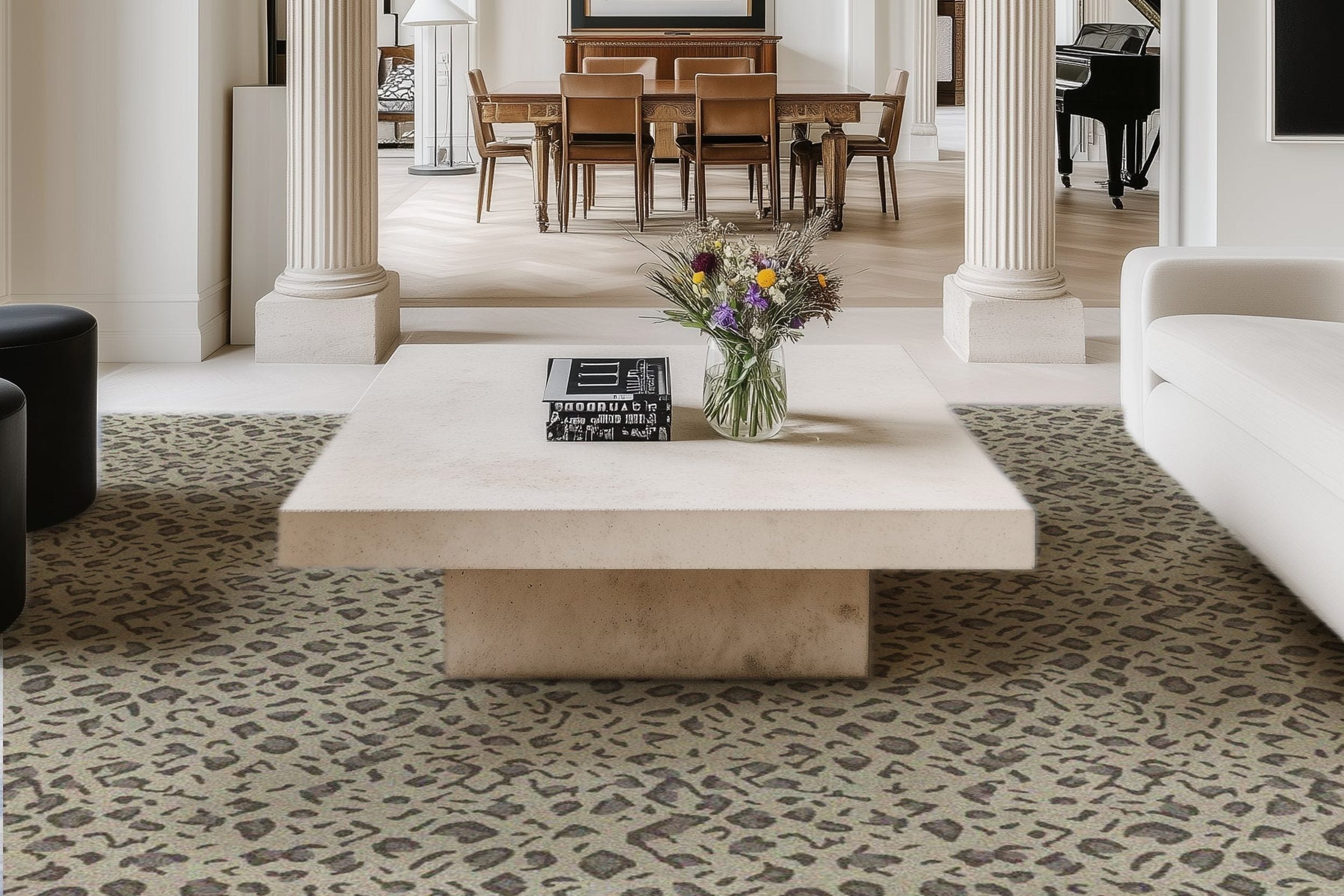Systems for Design Teams: Avoiding the “Lost Sample” Syndrome

In the fast-paced world of product design, physical samples can make or break a pitch. A swatch of fabric, a 3D print, or a color test board; each is often irreplaceable, time-sensitive, and essential to design decisions. Yet, countless teams still find themselves in a chaotic loop of misplaced packages, unclear handoffs, and sample-related bottlenecks.
“Design chaos isn’t caused by creativity. It’s caused by missing systems.”
The recurring “lost sample” syndrome is more than an inconvenience. It is a systemic issue rooted in outdated processes and a lack of centralized oversight. Design-led organizations need more than intuition. They need operational clarity.
Why Samples Go Missing: The Common Thread
|
Cause |
Symptom |
Impact |
|
No chain of custody |
Team members hand off packages verbally or via chat |
Accountability gaps |
|
No real-time tracking |
Couriers drop off samples at reception or mailrooms without notification |
Missed deadlines |
|
Decentralized delivery points |
Packages arrive at multiple entry points across locations |
Fragmented workflows |
|
Poor visibility |
No digital log of when and where items were received |
Duplicate orders or miscommunication |
Each one of these issues chips away at team efficiency. For design teams juggling vendors, clients, and tight timelines, it creates avoidable stress.
Building a Sample-Safe System
Fixing this does not require overhauling your entire operation. It starts with small but high-impact changes that bring visibility and consistency to how samples are received and handled.
One of the most effective changes is implementing a cloud-based mailroom management tool that centralizes package operations. These systems allow front desks or studio coordinators to:
- Log incoming deliveries with photos
- Instantly notify recipients with time-stamped messages
- Track the chain of custody throughout internal transfers
Once this foundation is in place, teams no longer rely on hallway chats to track down time-sensitive samples. Everything is documented and accessible.
System Spotlight: The Multi-Studio Setup
For design firms operating across multiple floors or buildings, sample movement becomes even more complex. Packages often move between a central office, product testing zones, and executive wings. Without a single platform for oversight, confusion spreads quickly.
Here is how a shared, cloud-based system supports teams across locations:
|
Feature |
Outcome |
|
Centralized notifications |
No more guesswork on delivery status |
|
Internal handoff logging |
Reduced sample confusion |
|
Searchable delivery history |
Improved auditability |
|
Alerts for uncollected items |
Fewer bottlenecks in creative flow |
These solutions often come with mobile apps or QR scanning options. This enables team members to check package status on the go, reducing interruptions to their creative process.
The Creative Cost of Poor Package Flow
There is a lingering myth that operating systems limit creativity. In reality, poor workflows are what drain creative momentum. Designers waste hours coordinating pickups or waiting for approvals simply because no one knows where a critical sample ended up.
Reliable systems remove that burden. They allow teams to focus on their craft instead of logistics. More importantly, they help teams avoid:
- Duplicate ordering due to miscommunication
- Missed presentation deadlines
- Friction with clients or vendors over delivery issues
Some distributed teams turn to digital parcel management solutions to create visibility across locations and departments. These tools are particularly useful when samples are shared between design floors, sample libraries, or vendor facilities.
Getting Started Without Disruption
Setting up a system to safeguard physical samples does not require expensive infrastructure. In fact, most teams can implement an effective workflow with three components:
- A digital dashboard for incoming and outgoing deliveries
- A barcode scanner or smartphone camera for logging items
- Clear routing rules based on team roles or zones
Once those elements are in place, consistency becomes the most important success factor. With every package logged the same way, teams no longer need to rely on sticky notes or memory to know what arrived, when it arrived, and where it went next.
“The best sample system is invisible. It just works.”
Final Thoughts
Creative teams do not need rigid systems. They need reliable ones. When high-value samples stop slipping through the cracks, designers can focus fully on their projects. With minimal setup, sample workflows can be transformed from a daily headache into a streamlined, stress-free process.
If your team still depends on casual handoffs, reception piles, or messages like “Did the FedEx box come in?”, it may be time for a change. A few adjustments to how your studio handles packages could be the difference between missed opportunities and design success.
Browse by Category

Design Projects
Explore interiors from client work and personal renovations — layered, livable, and always in progress.
read more →
Collaborations
From product launches to styled spaces, discover the brand stories I’ve helped bring to life.
read more →
The Notebook
A growing archive of iconic designers, inspiring artists, and unforgettable design moments.
read more →
Travel by Design
Wander with a designer’s eye — from charming hotels and city guides to visual inspiration abroad.
read more →




